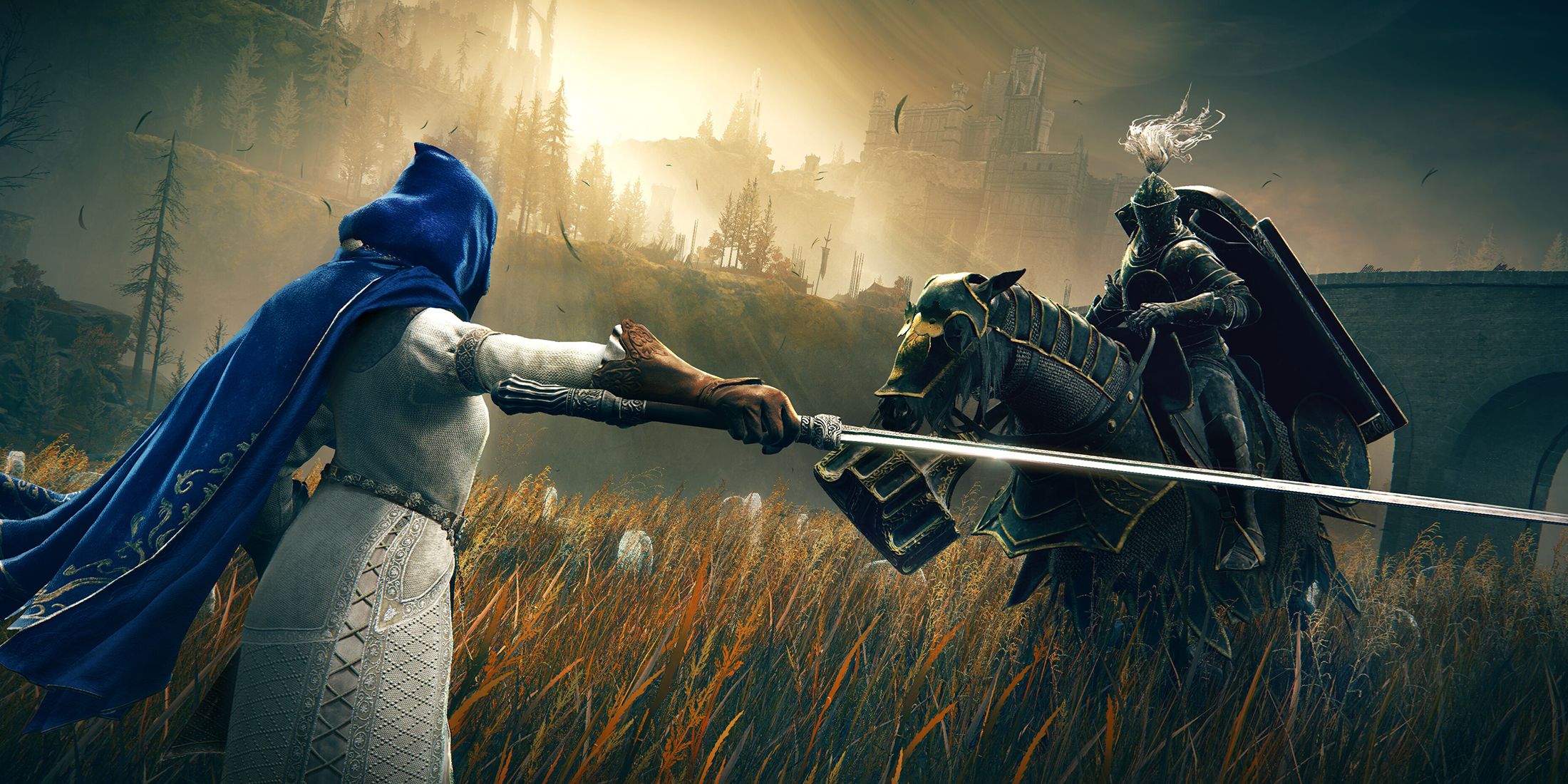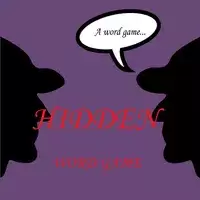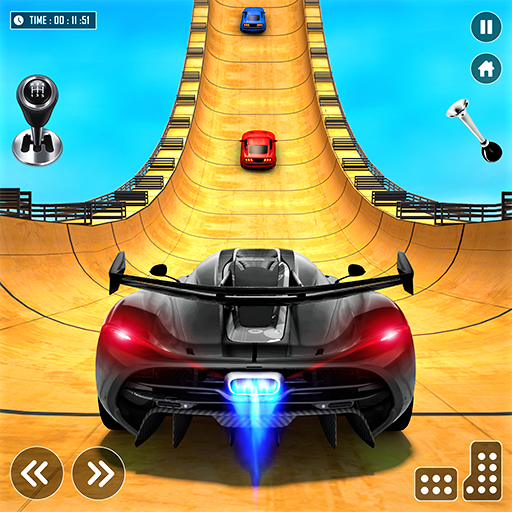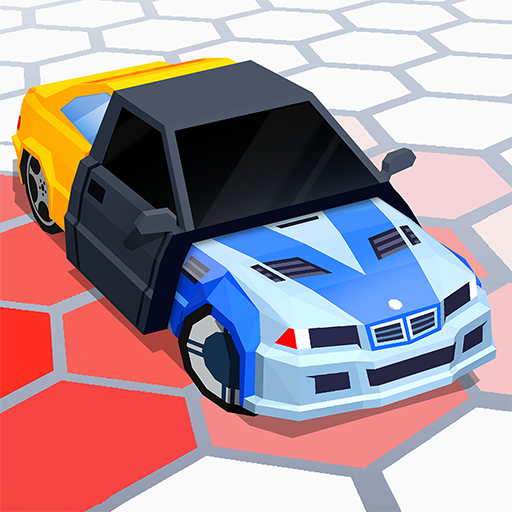"Blades of Fire: First Look Preview"
When I sat down to play developer MercurySteam's latest project, Blades of Fire, I expected something akin to the studio's Castlevania: Lords of Shadow games, updated with the modern stylings of God of War. An hour later, I felt like I was playing a Soulslike, albeit one where all the stats were focused on weapons rather than a traditional RPG character sheet. By the end of my three-hour hands-on session, I realized that both observations were simultaneously true and false: this is a game that builds on familiar ground, yet its unique arrangement of borrowed components and new ideas results in a fresh and intriguing approach to the action-adventure genre.
While Blades of Fire isn't a direct clone of Sony Santa Monica's God of War, the initial resemblance is undeniable. With its dark fantasy setting, heavy-hitting combat, and close third-person camera, the game shares much in common with Kratos' Norse adventures. The demo showcased me exploring a winding, treasure-laden map alongside a young companion who assisted with puzzle-solving. Together, we sought out a woman of the wilds living in a house atop a giant creature. The game can feel overly familiar at times, especially when you consider the numerous elements borrowed from FromSoftware's library, such as anvil-shaped checkpoints that refill health potions and respawn enemies upon rest.

The game's world exudes a distinct 1980s fantasy vibe, where characters like Conan the Barbarian would fit right in among its muscular soldiers, and quirky orangutan-like enemies bouncing on bamboo pogo sticks wouldn't seem out of place in Jim Henson's Labyrinth. The narrative carries a retro feel as well—an evil queen has turned steel to stone, and it's up to you, Aran de Lira, a blacksmith demigod, to defeat her and restore the world's metal. Despite these nostalgic charms, I have doubts about the story, characters, and writing holding up over time; it feels overly generic and reminiscent of many forgotten Xbox 360 era tales.
Blades of Fire shines most brightly in its mechanics. The combat system is rooted in directional attacks, utilizing every face button on the controller. On a PlayStation pad, tapping triangle targets the head, cross aims for the torso, while square and circle swipe left and right. By carefully observing an enemy's stance, you can break through their defenses. For example, a soldier protecting their face can be defeated by aiming low for the gut, resulting in satisfyingly visceral impacts with blood trails erupting from wounds.
The combat system truly excels in certain moments. The first major boss in the demo, a slobbering troll, had a secondary health bar that could only be depleted after dismembering the beast. The limb removed is determined by your attack angle, allowing you to strategically detach its left arm to disarm it. Even more striking, you can sever the troll's entire face, blinding it and leaving it vulnerable until it regrows its eyes.
Your weapons demand significant attention in Blades of Fire. Edged weapons dull with use, causing each successive strike to deal slightly less damage. To maintain their effectiveness, you must use a sharpening stone or switch stances, as the edge and tip wear down independently. Similar to Monster Hunter, you'll need to create space to sharpen your sword mid-fight. However, every weapon has a durability meter that depletes regardless of maintenance, necessitating repairs at anvil checkpoints or melting them down to craft anew.
Blades of Fire Screenshots
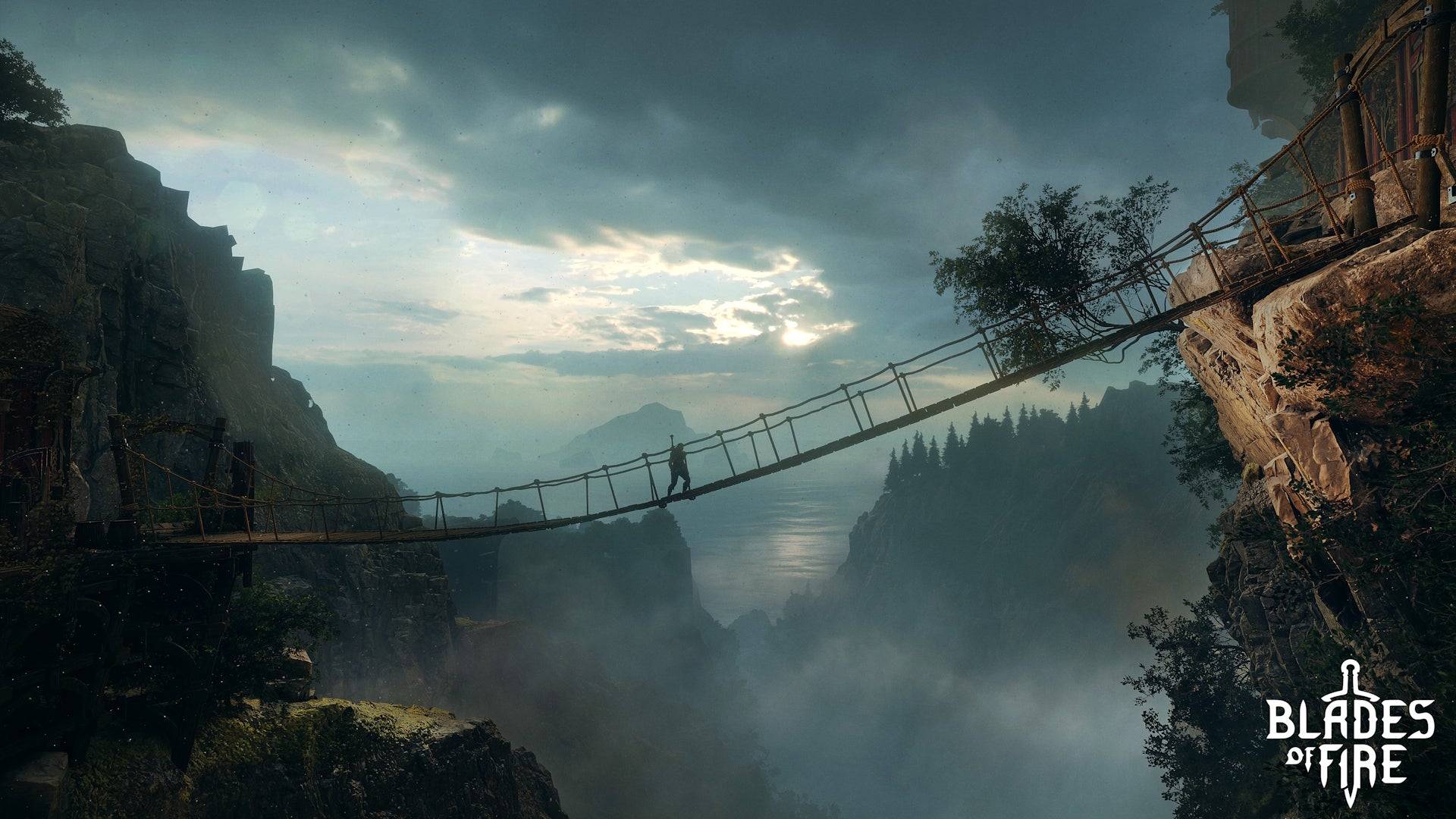
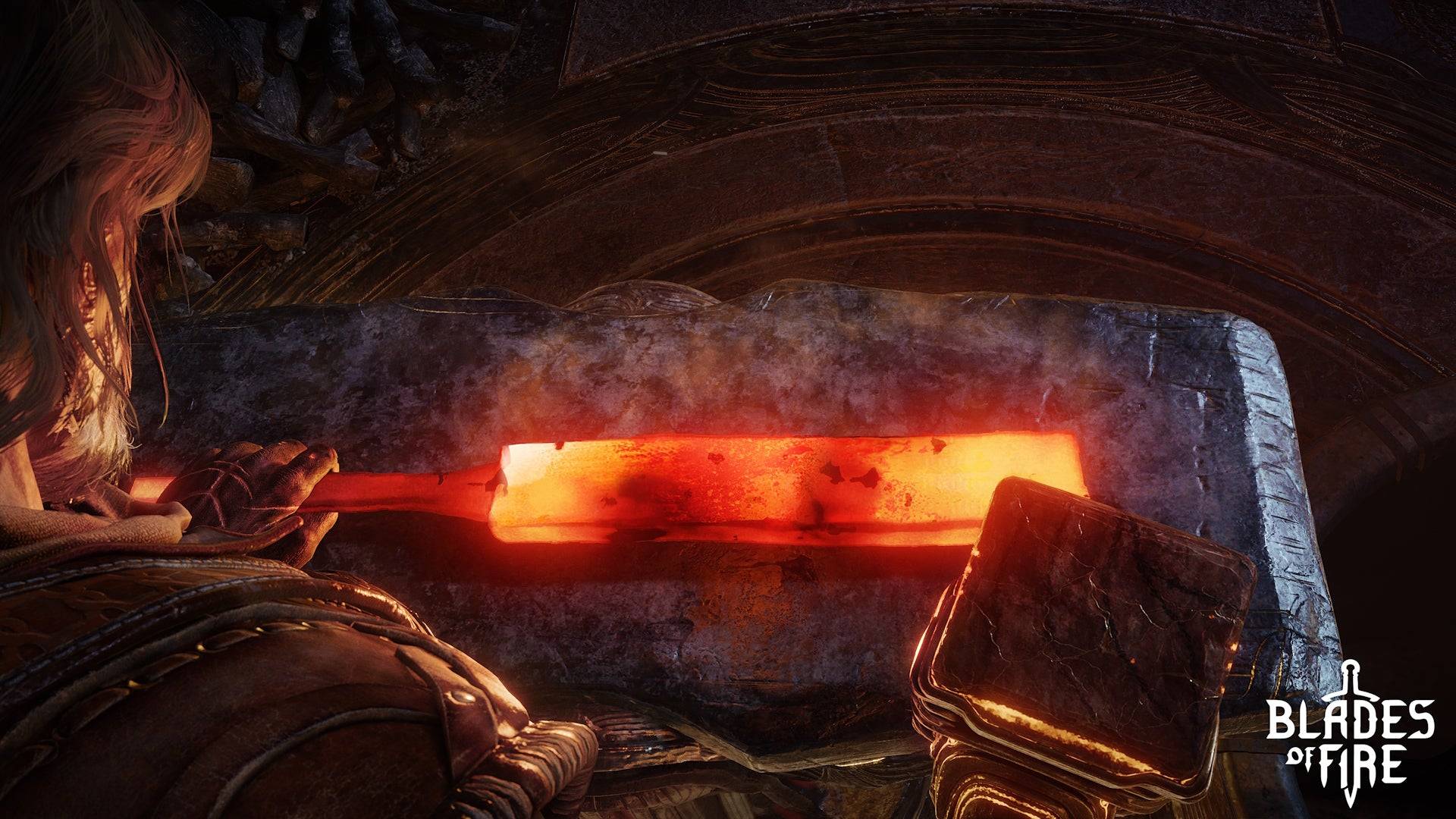 9 Images
9 Images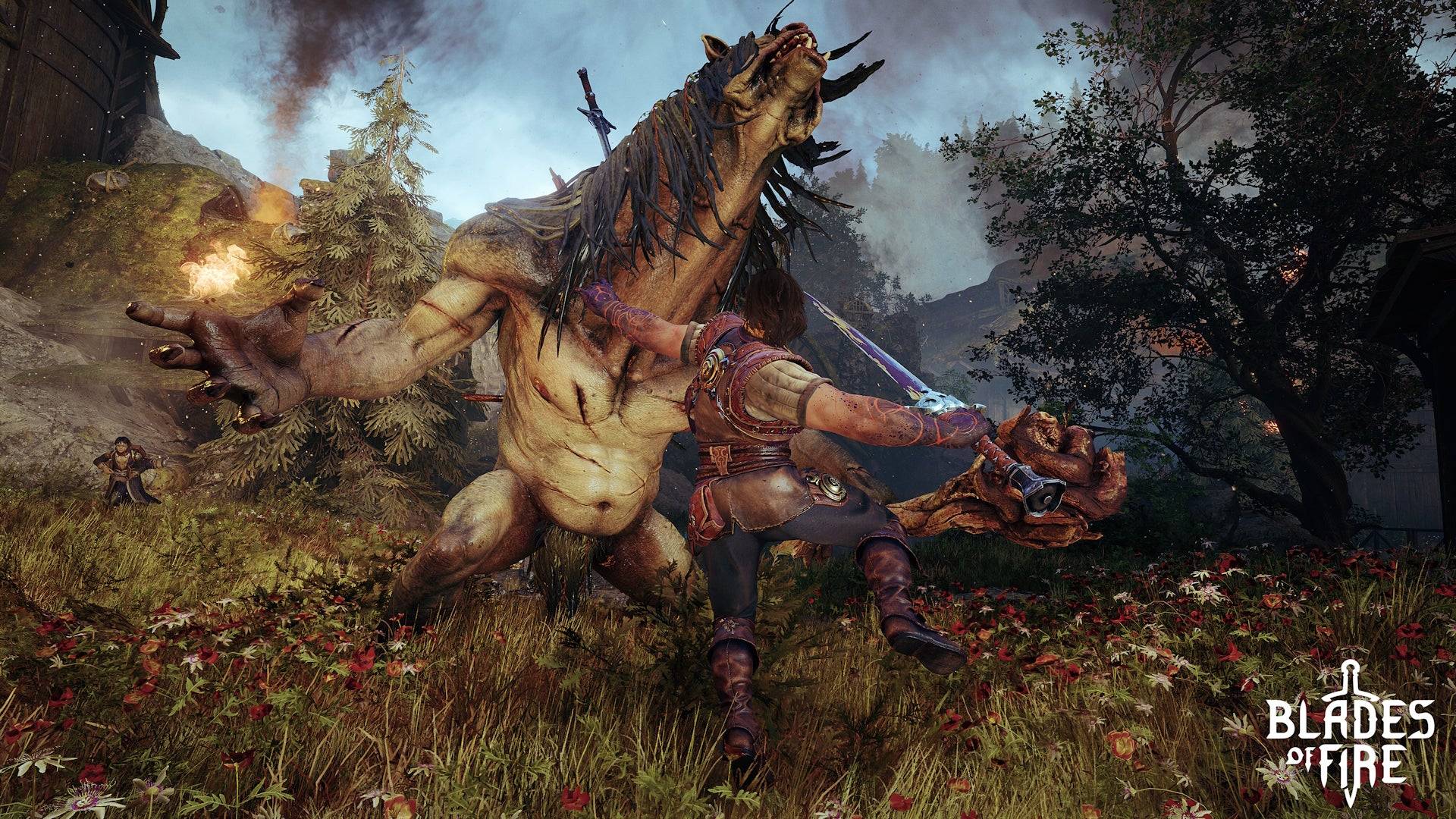
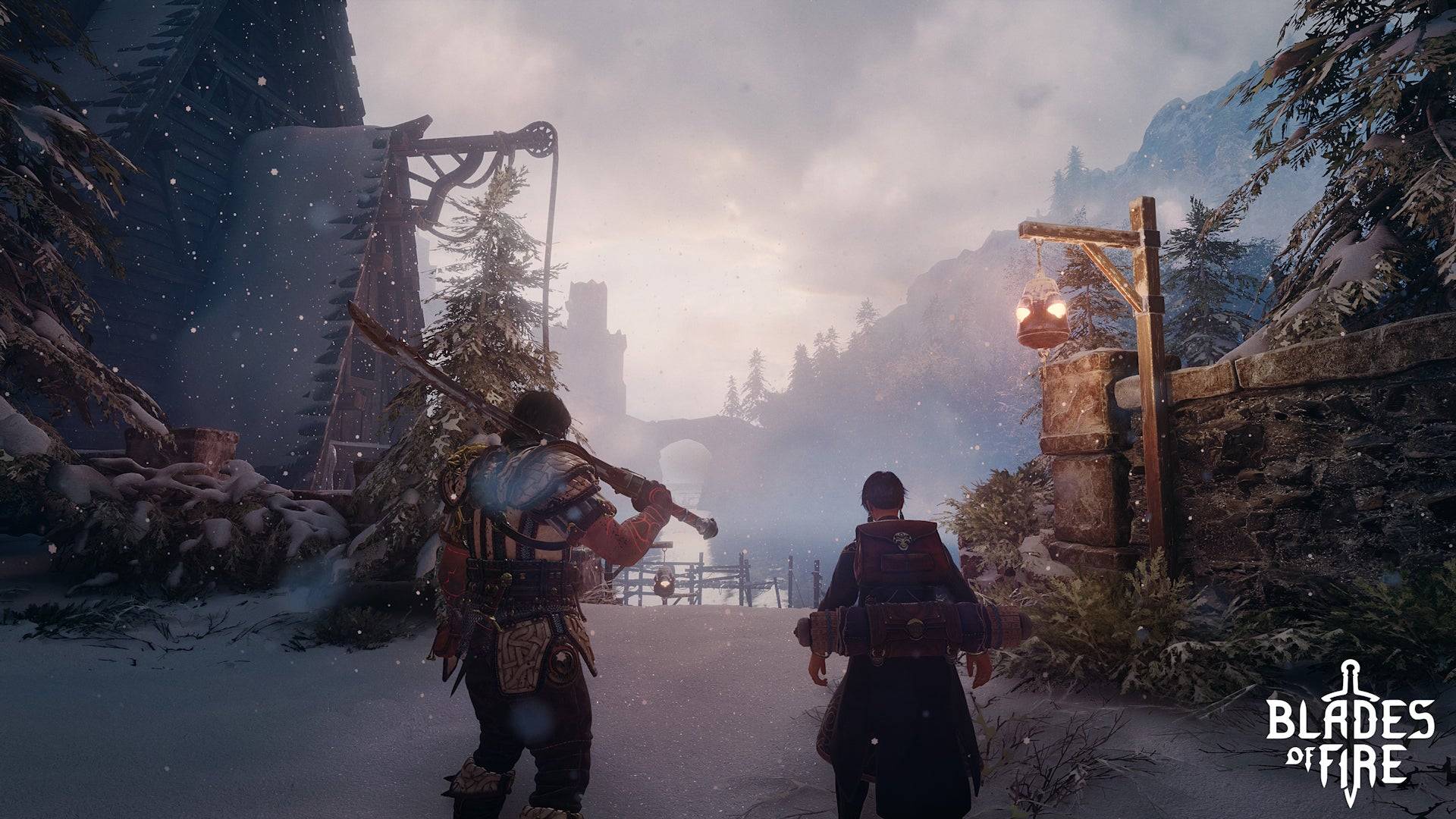
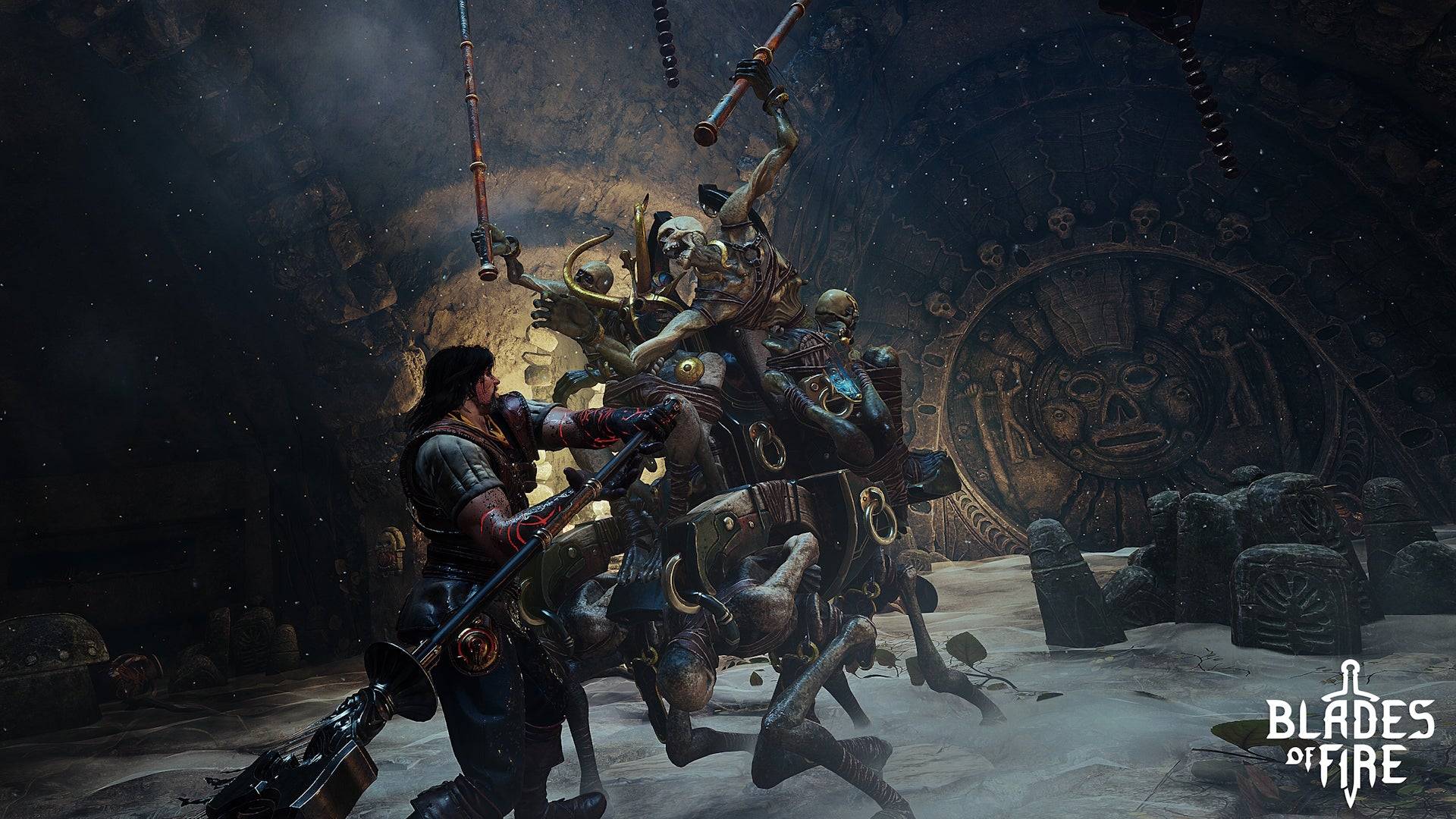
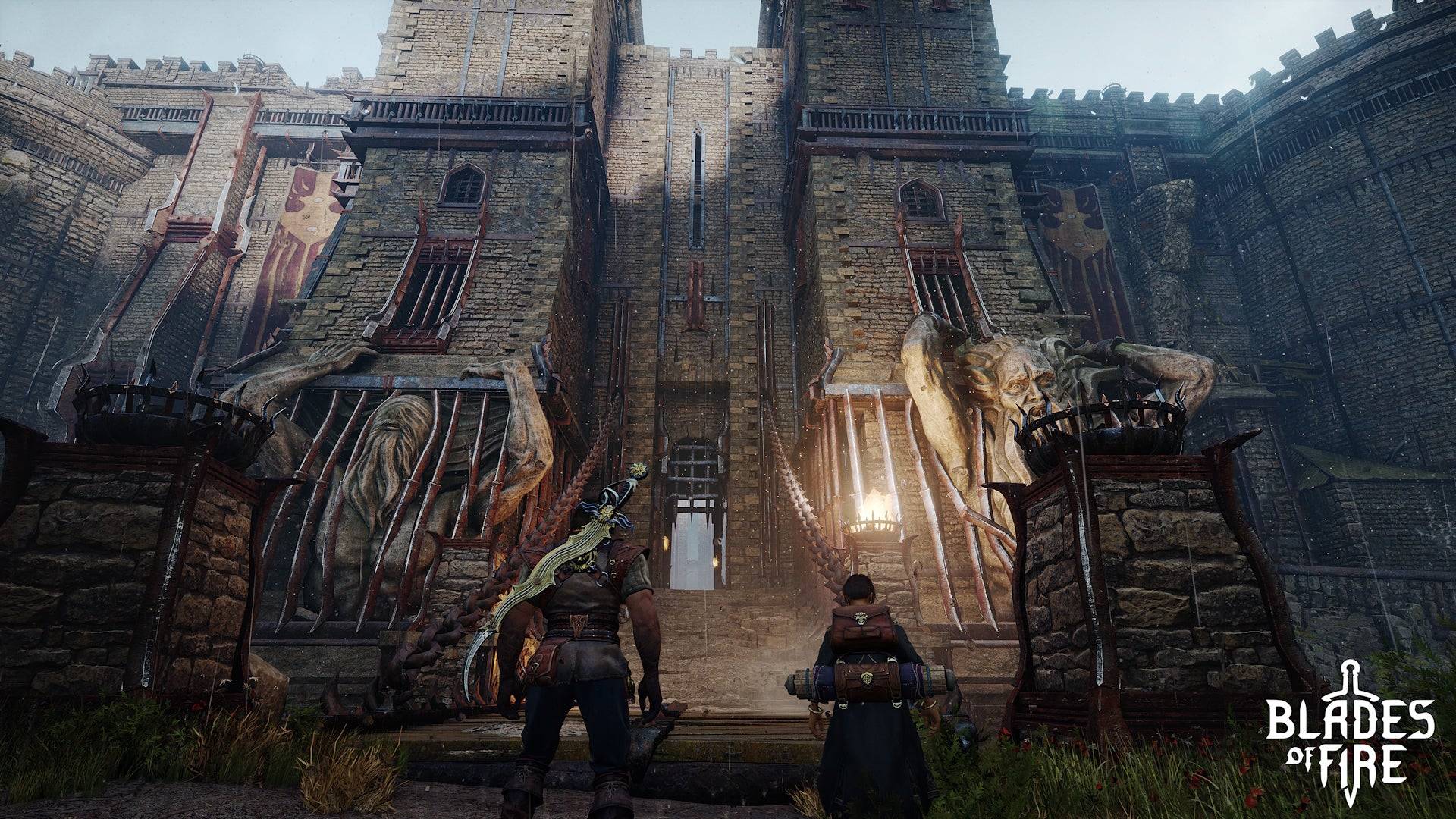
The forge is undoubtedly Blades of Fire's most innovative feature. Instead of finding new weapons, you craft them from scratch. The process begins with selecting a basic weapon template, which Aran sketches on a chalkboard. From there, you can tweak various aspects, such as adjusting the length of a spear's pole or the shape of its spearhead, which affects the weapon's stats. Different materials impact weight and stamina demands, giving you a genuine sense of crafting.
The crafting process doesn't end with design. You must then physically hammer out the metal on an anvil through an intricate minigame, controlling the length, force, and angle of each strike to match a curved line on the screen. Overworking the steel results in a weaker weapon, so the goal is to achieve the desired shape with as few strikes as possible. Your performance earns a star rating, determining how many repairs your weapon can withstand before breaking permanently.
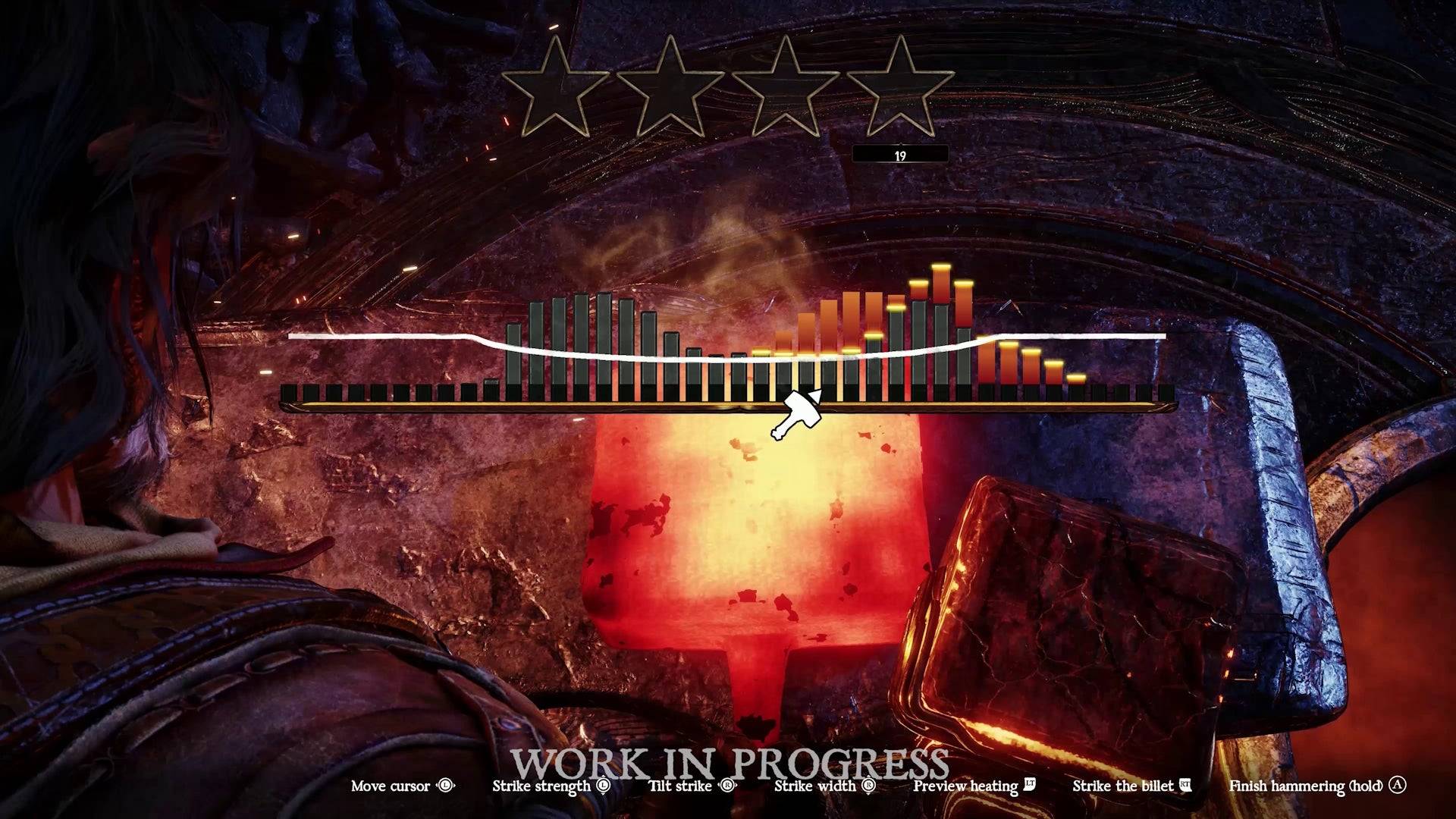
While the forge concept is captivating, introducing a skill element to crafting, the minigame itself felt frustratingly obtuse after several sessions. The connection between the areas struck and the resulting shape of the metal was unclear. Hopefully, improvements or a better tutorial will be implemented before launch to enhance this intriguing feature.
MercurySteam's vision for the forge extends beyond the demo's scope. They aim for players to form deep attachments to their crafted weapons, carrying them throughout a journey that spans "no less than 60-70 hours." As you explore and find new metals, you can reforge your weapons to enhance their properties, ensuring they remain suitable for new challenges. The death system reinforces this bond; upon defeat, you drop your weapon and respawn without it, but it remains in the world, challenging you to recover it. I'm eager to see how this plays out over the entire campaign and whether backtracking will allow you to reforge and reconnect with weapons from hours earlier.
It's no surprise that MercurySteam has incorporated multiple ideas from Dark Souls and its siblings, given FromSoftware's impact on action games. However, Blades of Fire also serves as a spiritual successor to Blade of Darkness, an early 2000s game developed by MercurySteam's founders and considered a precursor to the Souls series. In many ways, the developers are continuing where they left off, integrating advancements made by other studios during their time away from the genre.
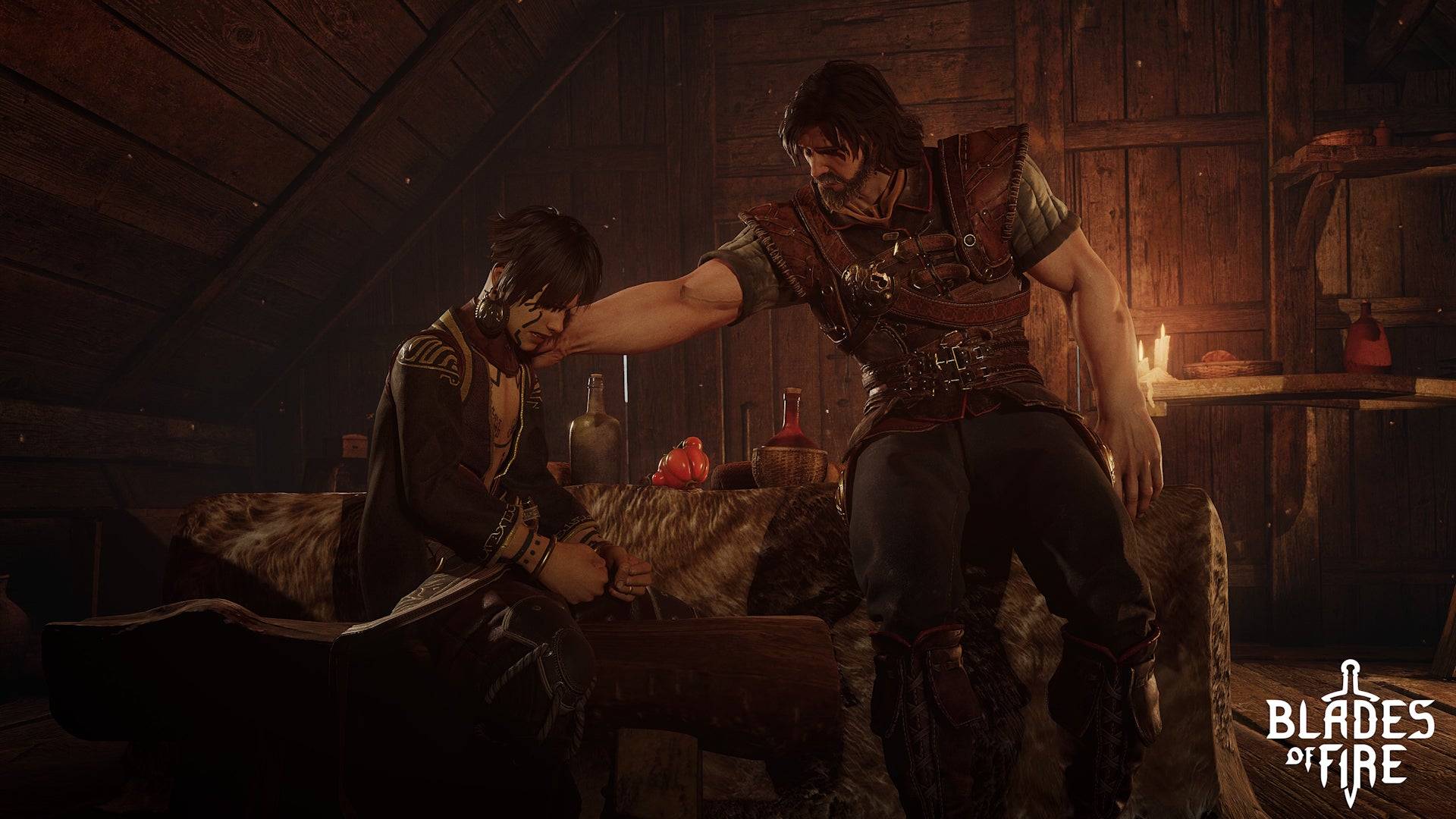
Throughout my playthrough, I felt the influence of MercurySteam's inspirations—the brutal combat of Blade of Darkness, the innovations of FromSoft, and the world design of God of War. Yet, these influences don't define Blades of Fire. Instead, they're reinterpreted as part of a broader canvas of ideas, creating a unique recipe that distances the game from its obvious touchstones.
I have some reservations about the game's fairly generic dark fantasy setting and its ability to sustain a 60-hour adventure, especially after facing the same gatekeeping miniboss multiple times within three hours. However, the deep relationship between your forged blades and the enemies you face has me thoroughly intrigued. In an era where complex and obtuse games like Elden Ring and Monster Hunter have become mainstream hits, Blades of Fire has the potential to offer something fascinating to the gaming community.
- 1 STARSEED Update: Codes for January 2025 Released Feb 25,2025
- 2 Pokémon TCG Pocket: Wonder Pick Date, Time, and Promo Cards – February 2025 Mar 03,2025
- 3 How to Get All Ability Outfits in Infinity Nikki Feb 28,2025
- 4 Project Zomboid: All Admin Commands Jan 05,2025
- 5 Black Myth: Wukong Tops Steam Charts Days Before its Launch Jan 07,2025
- 6 Silent Hill f: first big trailer and details Mar 22,2025
- 7 Call of Duty Announces Black Ops 6 Updates Feb 08,2025
- 8 inZOI, a Korean Sims-Like, Delayed to March 2025 Mar 01,2025
-
Budgeting & Investing: Your Guide to Financial Apps
A total of 9
-
Addictive Hypercasual Games for Quick Play
A total of 10
-
Best Role Playing Games for Android
A total of 10










